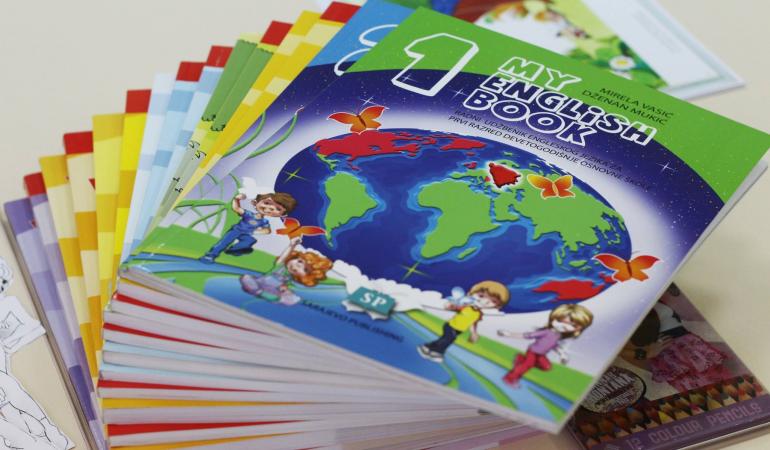The Use of Cartoons, Images and Sounds in English Language Classrooms
CINDERELLA
Source: Mirela Vasić-Hadžihalilović
ACTIVITY 1: REVISION OF CLOTHES, COLOURS AND PRESENT CONTINUOUS TENSE
Source: Mirela Vasić- Hadžihalilović
Level: Elementary – Upperintermediate
Space: Classroom
Materials: Powerpoint presentation with the videos, handouts, puppets representing characters from Cinderella, coloured pencils, scissors
What is it & why use it?
Students might find it fun to revise colours, clothes and the Present Continuous Tense by watching some parts of Cinderella cartoon and by playing with the puppets representing different characters from cinderella and putting on the same clothing items on them as they are presented in the cartoon. Also, students may revise grammar forms such as, ''What are you wearing?'' or '' I am wearing...'' or create and practice dialogues related to the cartoon itself.
Directions:
Before watching the cartoons, ask students to pay attention to Cinderella's and their stepsisters and her stepmother's clothes. Also, write some questions on the board.
- What colour is the dress of Cinderella 's / Stepsisters' dresses?
- What colour is Cinderella's skirt?
- What colour is Cinderella's blouse?
- What colour is the Prince's suit / trousers / shirt ?
Students answer those questions after watching the video. Then, ask them to put on some clothing items on the puppets and colour them in the same way as they are in the cartoon.
Teachers can prepare puppets and their clothes before the lesson but also make students draw them as a part of the project. Students imagine to go to a modern party and are about to draw and colour more modern clothes. They put them on the puppets. Students play with them by saying what they are wearing. Repeat the question ''What are you wearing''if necessary.
If upper level students are concerned, let them create their own dialogues using the Present Simple Tense, the Present Continuous Tense and, if possible, future forms. Divide students inti the groups. They watch the second part of the video and start the dialogue with the words that Cinderella says:
Wait! Please, wait for me! Isn't it lovely! Do you like it?
Do you think it will do?
Let the students act out their own dialogues and imitate the reactions of Cinderella'a stepsisters and her stepmother.
ACTIVITY 2: 3-D MODELS
Source: Katie Dawson
Number of players: 3+
Space: Classroom, any
Materials: Aluminium foil, pipe cleaners, straws, papr, tape, markers, crayons, popsicle sticks, feathers, etc...
What is it & why use it?
3-D models invite students to use a range of materials to create an abstract visual representations of a key concept, theme or personal belief. Students then use elements of visual design to verbally respond to each other's models. This strategy asks students to transfer from text or word to visual to verbal and to practice deep perception and inferencing.
Directions:
Invite students to respond to a prompt. For example,... A key theme in the story is...Invite students to brainstorm individual responses on paper and then circle the three most important words. Introduce the task: Your challeenge is to represent your thinking using symbol, colour, shape, and line to communicate your ideas?
Give students a tour of materials they can use to build their models. Explain that the model can be literal or abstract and provide an example if necessary and establish a time frame. Generally, the more supplies available the more time students need. Once completed, encourage description of each model and, if possible, interpretation of them.







